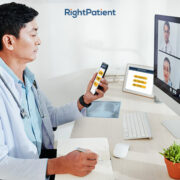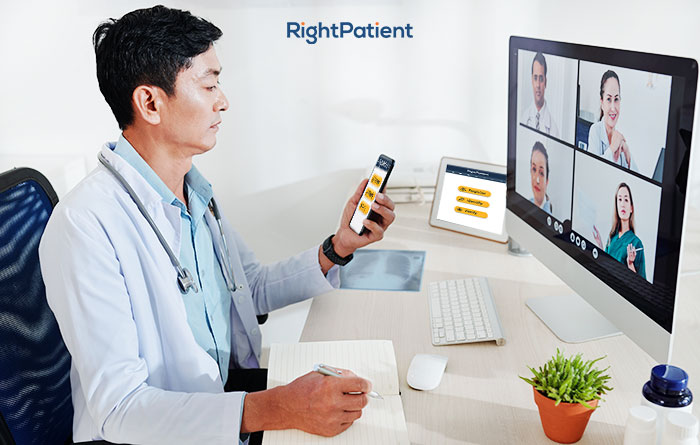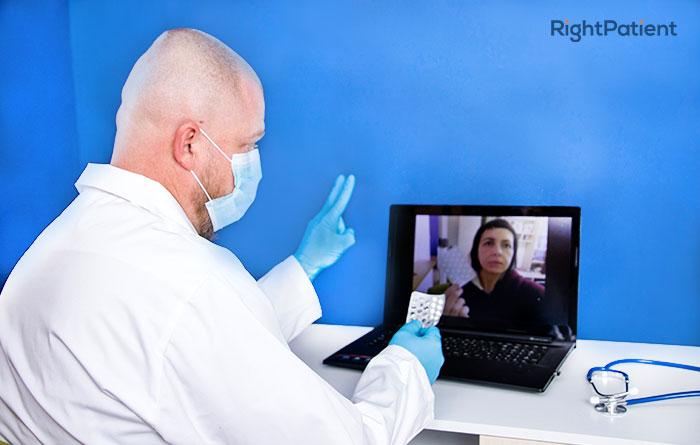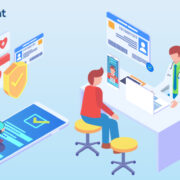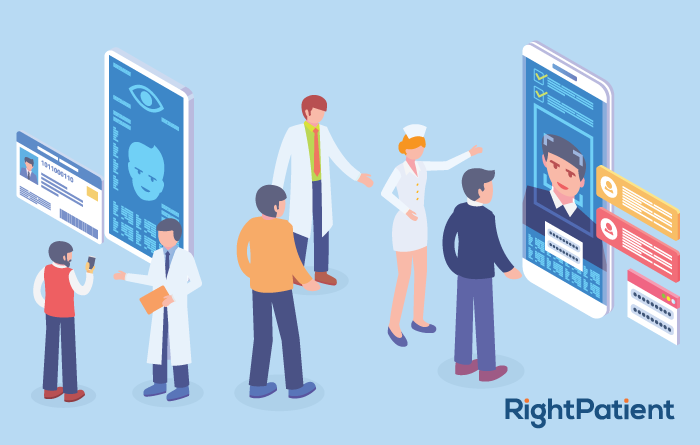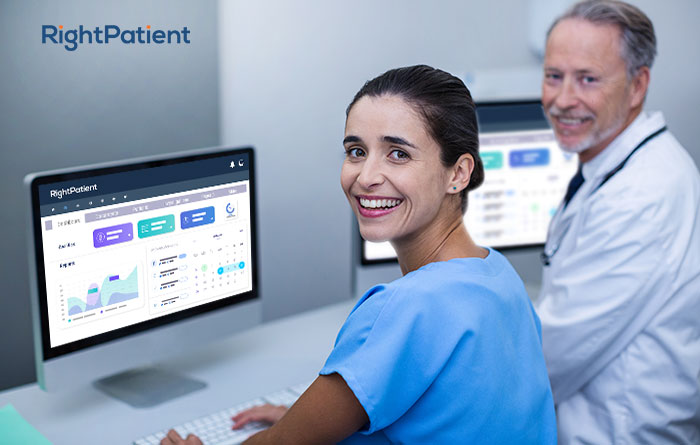4 Innovative Ideas that can Bolster Transformation in Healthcare

It’s quite safe to say that healthcare has undergone radical changes since the pandemic struck with full force. While COVID-19 has had unprecedented effects on everyone and everything, it affected hospitals drastically and forced them to come up with alternatives that have led to transformation in healthcare, for instance, telehealth. While the pandemic is hopefully behind us as we return to the “old normal”, let’s take a look at some ideas that healthcare executives believe will transform healthcare and some technologies that already exist such as contactless patient identity verification solutions.
4 ideas that bolster transformation in healthcare
Patient engagement and patient monitoring going full digital
While we have been hearing about remote patient monitoring and digital patient engagement for quite some time now, the CIO at Cherokee Nation Health Services believes that adopting said solutions into healthcare will vastly improve healthcare outcomes as patients will be more engaged regarding their health and wellness by putting the power in their hands. Not only do such solutions improve patient outcomes but they also allow both caregivers and patients to engage with each other in a more proactive manner beyond the healthcare facilities’ walls by means of text messaging, digital platforms, and chatbots, leading to a digital door, per se.
Introducing meaningful technology in relevant department(s)
The future of healthcare is digital, there is no doubt about that. Healthcare providers that are still using ancient methods and obsolete technology are beginning to feel the heat as the disadvantages keep on piling up. However, innovative hospitals and health systems are going the other way – they are overhauling their processes by implementing technology in almost all of their departments. For instance, while many are using RCM solutions, others are introducing technology in their HR department, inpatient services, nursing department, and so on. While it might not directly generate transformation in healthcare, implementing useful and relevant technology in various departments can bring in better talent, optimize operations, and improve healthcare outcomes – boosting the bottom line.
Making telehealth a permanent part of the facility
While telehealth has been around for a long time and has not seen success until recently (in response to COVID-19), many caregivers are still quite wary about it. However, even the most skeptical ones cannot deny that it has introduced significant transformation in healthcare. For instance, patients can communicate with their caregivers from the safety and comfort of their houses and reduce significant risks and expenses, among other things. Caregivers can also divert non-critical patients towards virtual visits, reducing the pressure on physical locations and staff and keeping the physical patient volume low, something that is a must to keep COVID-19 at bay.
While telehealth can never replace conventional healthcare or in-person visits, it has definitely become an extremely useful tool of healthcare itself, something that caregivers must utilize to its full extent. It can save costs, improve patient satisfaction, enhance outcomes, and keep COVID-19 at bay – creating a win-win situation for everyone involved.
Implement contactless technologies can truly introduce transformation in healthcare
Speaking of COVID-19, it has spread the fear of getting infected via physical contact to virtually everyone. This is quite surprising, as healthcare providers have always had this fear of hospital-acquired infections (HAIs). Hospitals that take patient safety seriously have always focused on infection control, and these are the ones that are always looking for contactless solutions.
While COVID-19 has pushed infection control into overdrive, many recent innovations in this area include touchless IoT-based systems, patient check-ins, payments, and so on. However, did you know that touchless solutions were already being used in several hospitals across the U.S.?
That’s right – RightPatient is a touchless biometric patient identification system that responsible and innovative healthcare providers have been using for many years. Since it attaches patients’ photos to their medical records, patients only need to look at the camera to validate their identities. It can also be used at any touchpoint across the care continuum – making it ideal for telehealth. RightPatient has been ensuring patient safety, hygiene, reducing denied claims, preventing medical identity theft, and much more via accurate patient identification.
Are you one of the providers who’s looking to introduce transformation in healthcare to your facility?









